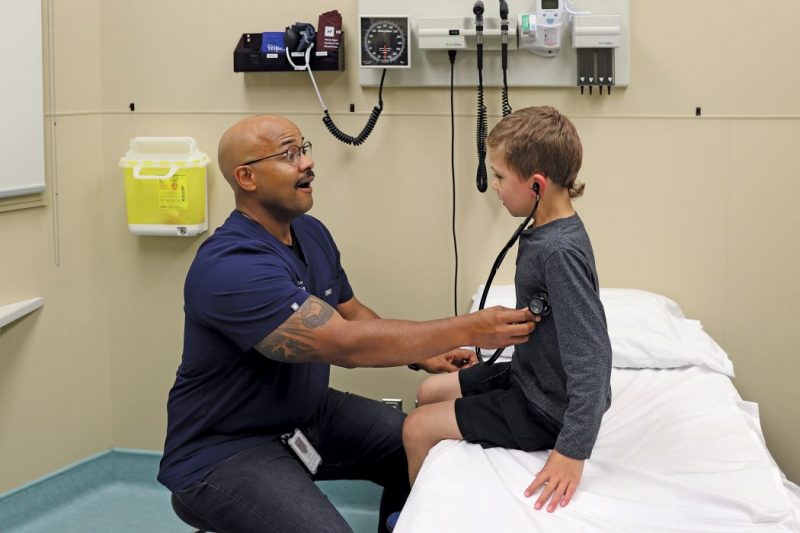
What we offer
The Department of Otolaryngology is proud to offer several excellent undergraduate and postgraduate learning opportunities.
Our story
Watch a brief video to learn more about our department and what we offer.
Department Research
Our department is committed to the advancement and improvement of patient outcomes across the field of otolaryngology, engaging in several research projects across our areas of specialty including head and neck cancer, otology and animal research on ototoxicity.
We also conduct studies in epidemiology and outcomes for a number of otolaryngology illnesses.
Laboratory for Surgical Modeling, Simulation and Robotics
Our goal is to meet the ever-increasing need to integrate technology into clinical practice and medical education with a mission to create and promote a safer medical experience.
The lab focuses on developing 3D models and equipment for training medical students and professionals in the intricacies of surgical and medical procedures ranging from simple to complex.
Areas of interest include augmented reality systems and human-computer interaction. Specifically, we are interested in the use of rapid-prototypes for surgical training and pre-planning, 3D stereoscopy for learning complex anatomy and the use of haptic interfaces for procedural skills training.
Learn more about the laboratory
The doctors at the Laboratory for Surgical Modeling, Simulation and Robotics are combining advanced graphics technology, 3D printing technology and sheer computer power to improve surgical outcomes for head and neck surgery.
Dr. Bertram Unger and Dr. Jordan Hochman have teamed up with incredible colleagues in UM's Faculty of Engineering to develop novel technologies and simulations to enhance patient care.
Using a combination of 3D modeling, computerized sense of touch and 3D printing, backed by powerful computers, their research is evolving techniques to provide physical models with a real-life feel that can be handled in ways that are almost as real as actual surgery.
The team has also developed one of the world's first and most advanced haptic temporal bone simulations—a computer generated 3D image that students can feel—and they are at the beginning of a mixed reality surgical simulation.
All of these simulation approaches allow the opportunity to practice on a patient without any inherent risks involved.
“There is a really broad array of positive benefits here with this combination of technology,” says Dr. Unger. “From the perspective of younger surgeons, this provides an opportunity to practice skills, with real-time physical feedback and without impacting the patient.
At the other end of the spectrum, more senior, specialized surgeons have the potential to review very specific, detailed, real information on complicated cases—they can even practice if they feel it is necessary. The applications as we go forward are numerous.”
“Human anatomy is incredibly complex, and the details can be incredibly variable,” says Dr. Hochman. “We are beginning to evaluate the benefits to patient outcomes. Our aim is to improve the risk profile by providing surgeons an opportunity to appreciate potential challenges before the patient ever enters the operating theatre. It's essentially a dress rehearsal, specific to each patient,” he said.
“We are grateful to the donors of the HSC Foundation for their support in helping us continue our research.”
Faculty and staff
News and stories
View more news and storiesContact us
Otolaryngology, Head and Neck Surgery
Max Rady College of Medicine
Health Sciences Centre GB421 - 820 Sherbrook Street
University of Manitoba (Bannatyne campus)
Winnipeg, MB R3T 2N2 Canada










